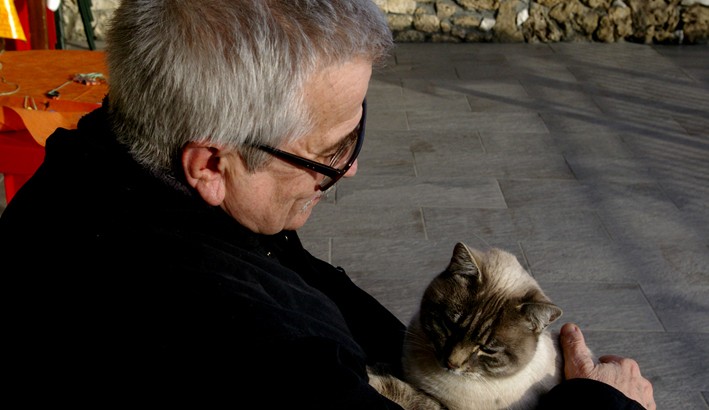Silvio Parodi is an emeritus professor of Oncology at the School of Medicine of the Genoa University, Italy.
Can you summarise your career path?
During the last dozen of years I studied the molecular pathology of cancer cells at the level of the signal transduction network. I built Molecular Interaction Maps (MIMs) of signaling-proteins, in areas of the network relevant for the control of malignant transformation. In 2005 I moved to the level of predictive dynamic simulations, that could be comforted or falsified from existing, or performed on purpose, experimental results. There is a linkage between the characterization of genomic landscapes in individual cancers, dynamic simulations of normal and cancer-altered signaling networks, and a more rational cancer therapy using combinations of targeted onco-protein inhibitors, selected on an individual-cancer basis. A most recent publication was published on the Oncotarget Journal, March 2015. I am author of 296 full length publications.
Where do your best ideas emerge from?
From a critical attitude toward dominant perceptions.
Who or what had or has had the strongest positive influence on your career and work?
I am grateful to Kurt W. Kohn (NCI – Lab of Molecular Pharmacology) for his inspiration from many years towards an understanding of molecular cancer pathology in terms of Molecular Interaction Maps. The works and the concepts developed by Bert Vogelstein (Johns Hopkins Medical School) have also been an important inspiration.
What do you consider the greatest challenge or hurdle for progress in your field?
Recognition of the genomic landscape of driver mutations in each individual tumor. Recognition of distinct altered pathways. Dynamic modeling of these altered networks. A rational combination therapy active at the level of at least two – three of these distinct altered pathways.
What are, in your opinion, the opportunities, directions or decisions that are vital to progress systems medicine?
In cancer, we need a sufficiently extended Molecular Interaction Map, a consequently extended and robust dynamic modeling, a robust parameterization in terms of signaling-proteins concentrations and reaction rates. This will do a lot to rationalize combination therapy. Notice that inhibitors can be easily inserted in a dynamic model.
Tell us what would have to happen in your work for you to say “A dream has come true!”?
An extensive parameterization of reaction rates is quite important and difficult at the same time, perhaps less for a brilliant team of physic-chemists. At a more biological level, to learn how to deal efficiently with intra-tumor heterogeneity would be a dream coming true.
If you could not be a scientist, what would you like to be?
I like as hobbies to read about human history and history of human religions. However, they are also determined by the fact that we evolved as a very aggressive species …
What was your greatest experience as a scientist?
I met not long ago a woman scientist involved in the study of the cortex. In her case she was a specialist of the Broca’s area. We had a late afternoon long discussion. One of the statements she introduced was the following: “in my opinion brain and mind are just one thing”. And all our knowledge is filtered through this brain / mind system.
With which historical person, politicians or celebrity would you like to have a dinner and discuss your work?
Perhaps with Charles Darwin or, as a contemporary, Bert Vogelstein.
Would you be happy to share something about your private life and activities in your spare time?
I am part of a group of two dozens of email pals. Competences range over mathematics, astrophysics, quantum-mechanics (which I follow only superficially), but also evolution and the widespread aggressiveness of hominids, but also many other species. We mumble about a perfect Universe, not caring too much about us.
